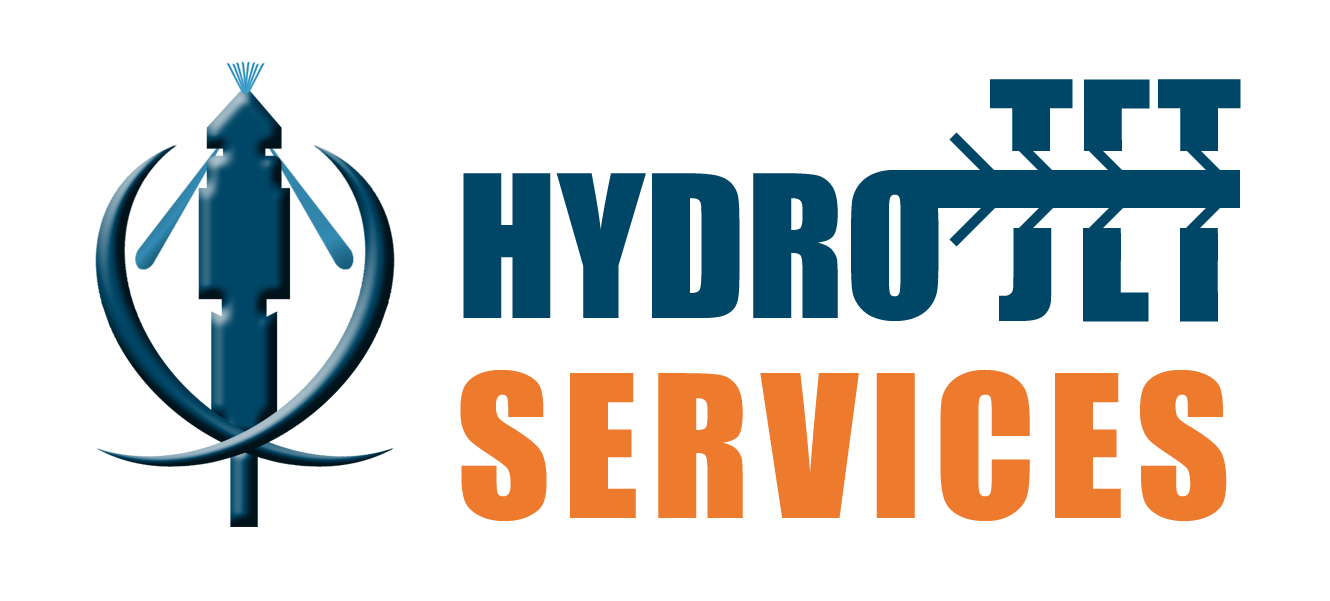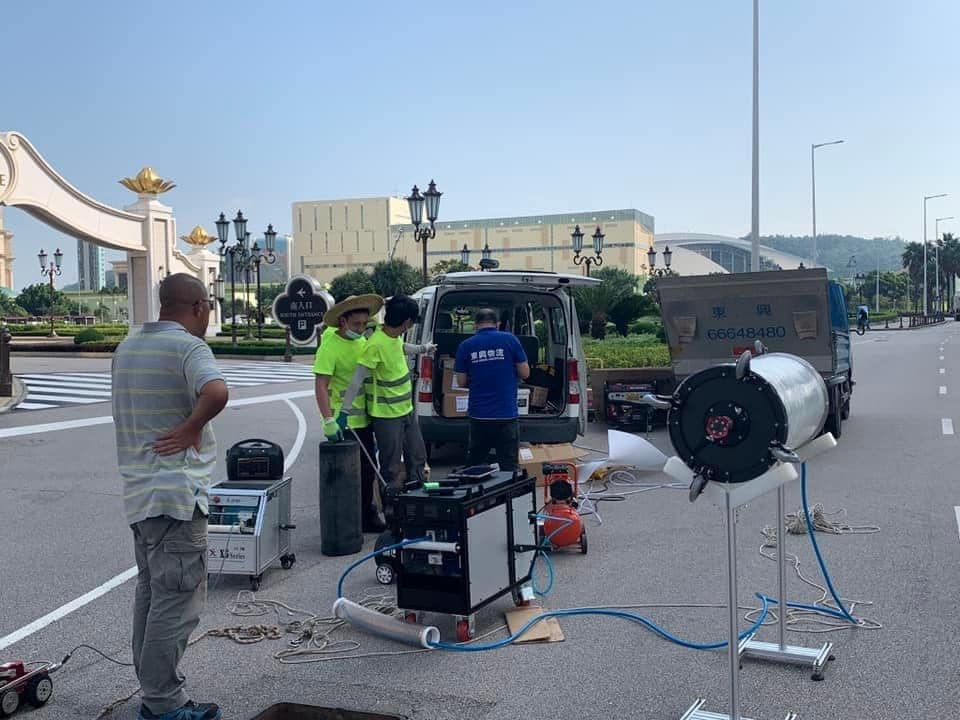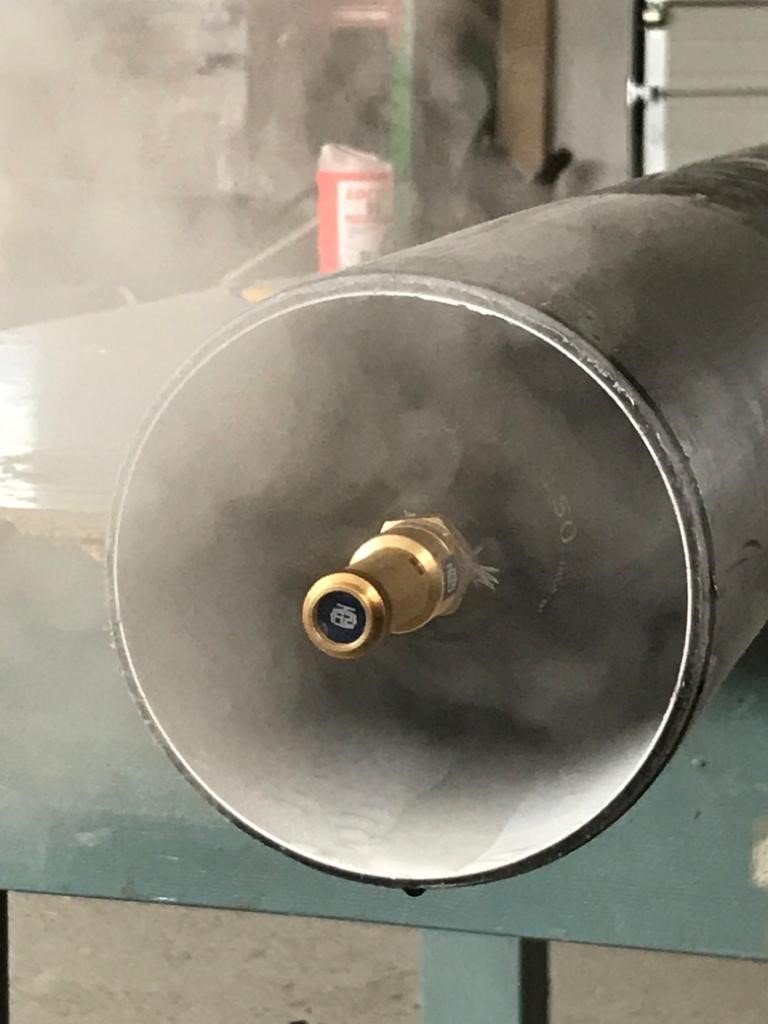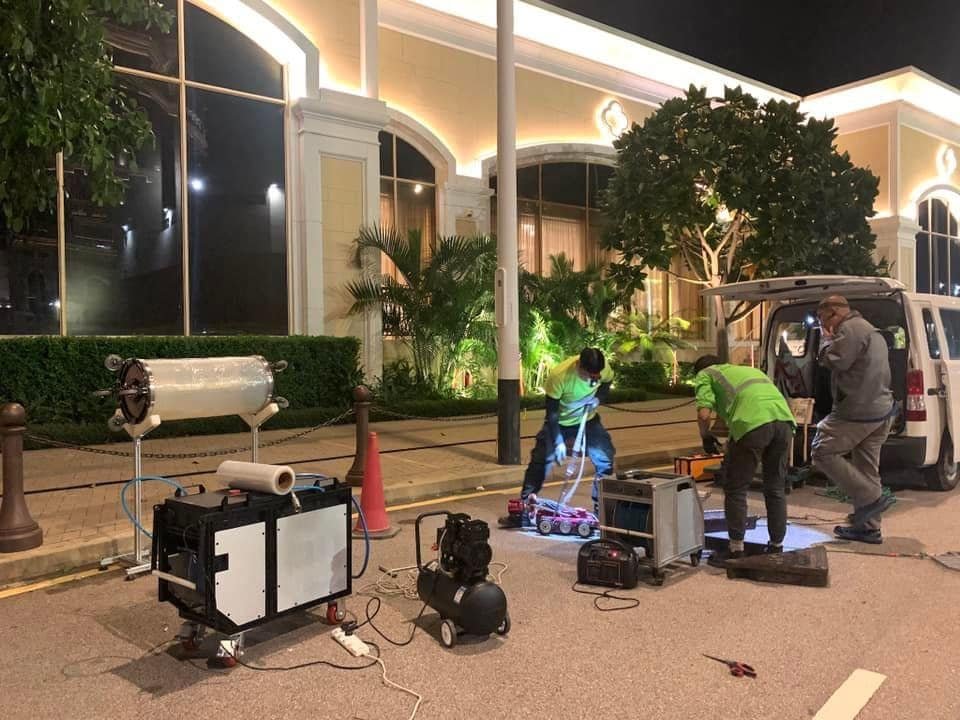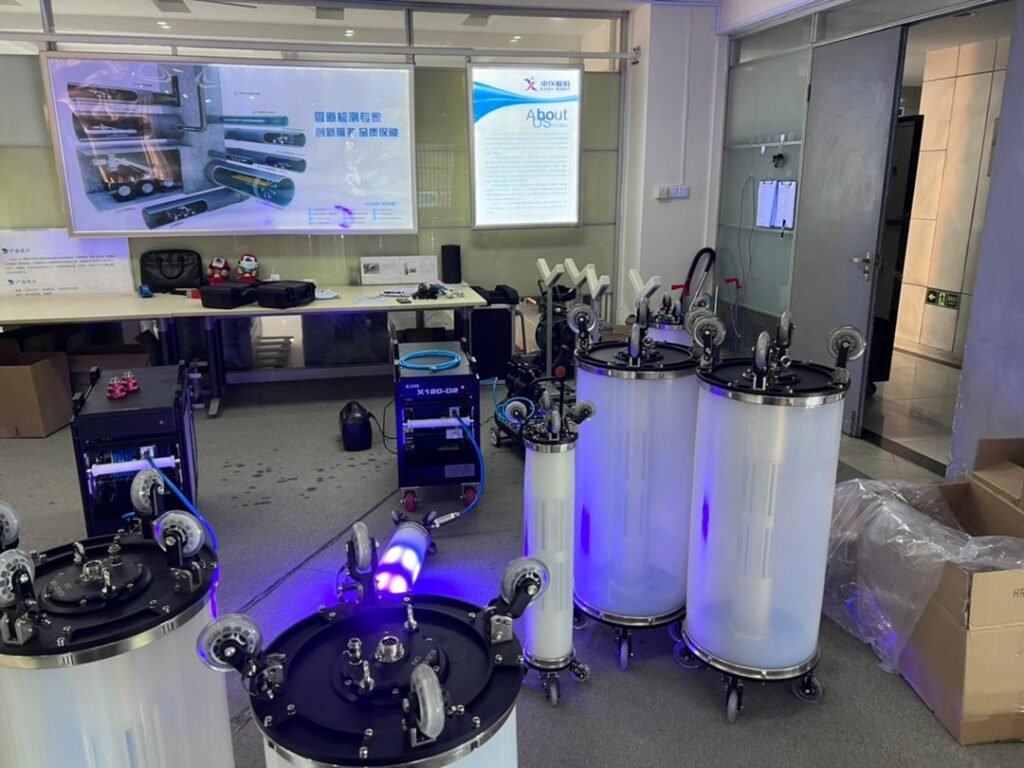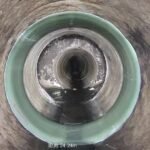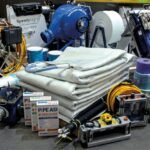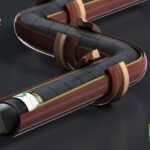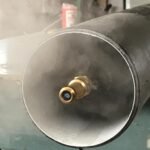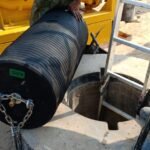Factors to Take Care of Before Relining
Pipe relining can work in the vast majority of cases, provided there are enough precautions taken beforehand. However, there are a few cases where pipe relining has physical limitations, so keep these in mind.
These limitations include:
Smaller diameters (less than 4 inches) can present trouble, because epoxy needs some area to harden. For smaller pipes, this is not always possible.
Uneven cleaning, which causes uneven linings to form. These can cause severe problems later. Make sure the cleaning is done properly, and even over multiple iterations if once is not satisfactory. Debris can also cause trouble during relining.
Broken pipe components, which will have to be replaced in any case. No amount of lining can create a new outer pipe for you, so make sure that the outer surface of the pipe is good enough before relining.
Joints and tricky bends are harder to handle using epoxy resins. These are easier to deal with using new joints and bends rather than the epoxy taking their shapes.
Is Pipe Relining a Long Term Solution?
It is easier to assume that relining, being a second pipe within a damaged pipe, would naturally be less resilient than going in for a fresh set of pipes.
Fortunately, this assumption is unfounded by the reality of stability of the relined pipes.
In many cases, pipe relining is a much longer-term solution than actually replacing the pipes. Pipe relining come with warranties ranging from ten years up to the more common fifty years of trouble-free drainage, which gives you a fair idea of how well relined pipes really work.
However, much depends on the relining service you choose. Certain pipe relining services will offer you better services than others in terms of service as well as the warranty that is provided. Hence, it is crucial to research well before going in for a particular pipe relining service.
Putting it all together
Pipe relining is a wonderful alternative to what would be weeks or even months of laborious, intrusive repairs, costing you dearly both in resources and labor. Make sure your pipe relining service – or you, if you’re inclined towards a DIY plumbing job – follow(s) the steps as they have been outlined.
Taking cognizance of the pipes before they’re too far gone is the best way of making sure that your pipes can be relined, thus saving you a lot of money, time and stress.
OUR PIPE RELINING SERVICES
Pipe relining is the process of creating a “pipe within a pipe” to restore the function and water flow. Our plumbers use reliable relining materials to mold the inside of the existing pipes to create a smooth, new inner wall. Often times, the process of relining don’t require digging into the ground and can be accessed through the building’s clean-out. However, if the problem is more extensive, we have the tools necessary to go underground to fix the problem. Our relined-pipe process is seamless and durable while using materials that are non-hazardous.
If you’re having problems with your sewer pipes, you need a professional plumber to get the job done. Our professional plumbers have the experience, knowledge and equipment necessary to tackle small or large pipe problems with ease. We offer pipe relining for your home or business, and are always on hand to answer your sewer problem FAQs.
Our plumbers know exactly how to repair damaged sewer pipes – whatever the cause may be – to make them good as new.
Drain & Sewer Pipe Line Relining
LET OUR LEAK DETECTION SPECIALISTS FIX YOUR PLUMBING
From flushing toilets to washing dishes, your plumbing is constantly used. If not properly maintained, the wear and tear can create punctures or cracks in the pipes. Your sewage and drains are one of the most used plumbing units in your residence – any cracks or breaks that appear should be immediately addressed. Our skilled leak detection specialists have the technology and methods to provide non-invasive pipe relining services. Our process is effective, affordable, and reliable. We use minimally invasive procedures to reinforce the pipes.
When it comes to leaks in your sewage and drain lines, time is not on your side. Prevent further damage by calling or contacting us today!
SIGNS OF SEWAGE & DRAIN PIPE DAMAGE
While problems with your sewer and drain pipes may not be obvious, there are signs you can look for to detect damage.
Some signs to watch out for:
Sewer Gas Odor – One key sign you may have a leak in your sewage line is noxious odors. If you suddenly smell unpleasant sewage, it is important you call for help.
Slow Drains – Leaks in your drains and lines can back up the water, causing drainage to slow down. If left untreated, this can cause clogs and compromise the integrity of the pipe.
Extra Lush or Green Grass – Is there one area in your yard that is particularly lush? This might indicate a leak in your sewage line, creating additional fertilization.
Rodents – If you suddenly experience an influx of rodents, your sewage and drains might be the cause. Make sure they are well sealed to protect your home and family.
Our methods are minimally invasive, meaning you don’t have to worry about open trenches or breaks in your walls. With our inspection cameras, we find the exact location of the leak or puncture and fix it.
